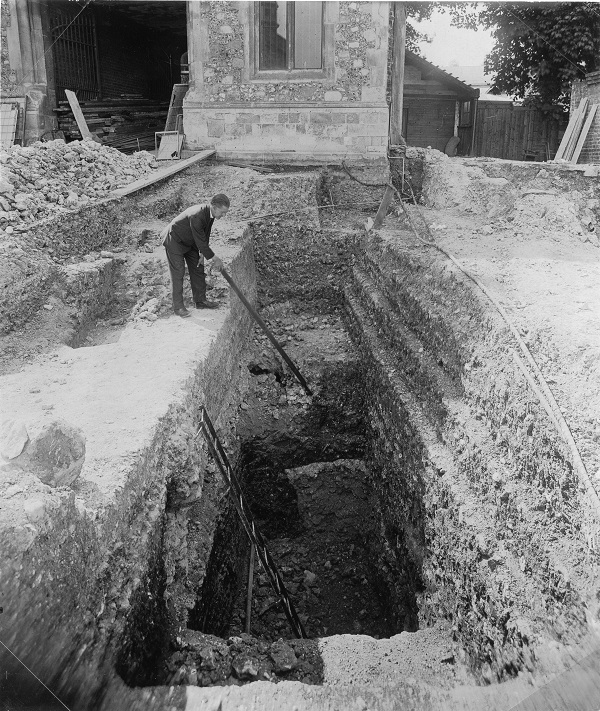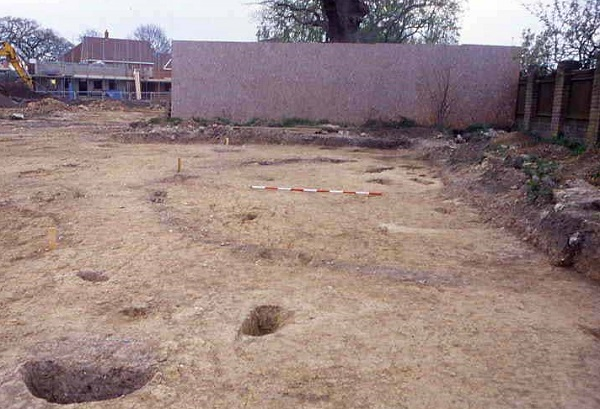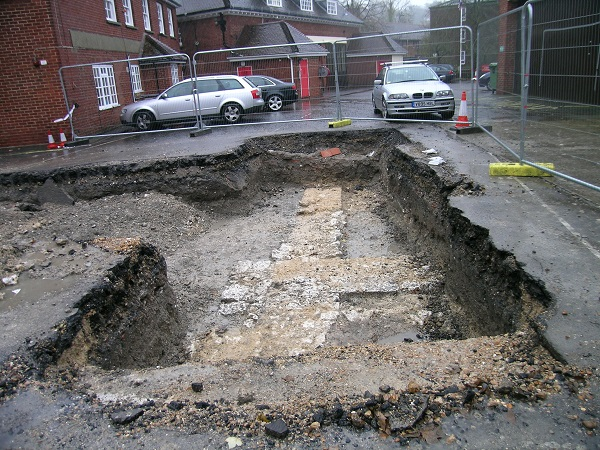Archaeology in Winchester
Find out about archaeology in Winchester and how we work to look after the district's historic environment and promote good management of archaeological sites and historic monuments.
Winchester’s diverse and rich archaeological heritage

Winchester has an incredibly rich, diverse and important archaeological resource, formed by the physical evidence of all aspects of human activity, from earliest prehistory to the late 20th century. These range from settlement sites, farming, land division, burial and ritual activities through to designed landscapes, transportation, industrial and military sites.
The rolling chalk downland in the north of the district contains large numbers of prehistoric burial monuments, prehistoric and Romano-British settlement sites and extensive remains of field systems. Archaeological remains within the tertiary geologies in the south of the district are often less visible than in the chalk downland to the north. They have also historically been much less explored; however a number of recent archaeological investigations are demonstrating the archaeological potential of this area.

In addition to three historic medieval planned market towns - Bishops Waltham, New Alresford and Wickham and numerous smaller historic settlements, the historic City of Winchester contains an internationally important archaeological resource. Winchester was a regional administrative centre (the civitas of the Belgae – Ventra Belgarum) in the Roman province of Britannia. It subsequently became a pre-eminent royal centre for the Kingdom of Wessex a role which continued following the Norman Conquest, until its status declined from the late 12th century onwards.
You can find out more by consulting the Historic Environment Record (link on right hand side of page).
Archaeological remains are vulnerable

Archaeological remains are fragile and finite. They are vulnerable to damage from development and other activities, including certain agricultural practices. There are 110 Scheduled Monuments in the district, but the vast majority of archaeological remains in the district are undesignated. Details of Scheduled Monuments in the district, which are protected by a separate consent regime administered by Historic England, can be found on the National Heritage List for England (listed on right hand side of the page).
The Council has dedicated planning policies and an archaeology officer to ensure that archaeological remains within the district are identified, protected and managed for future generations (see right hand side of page).
